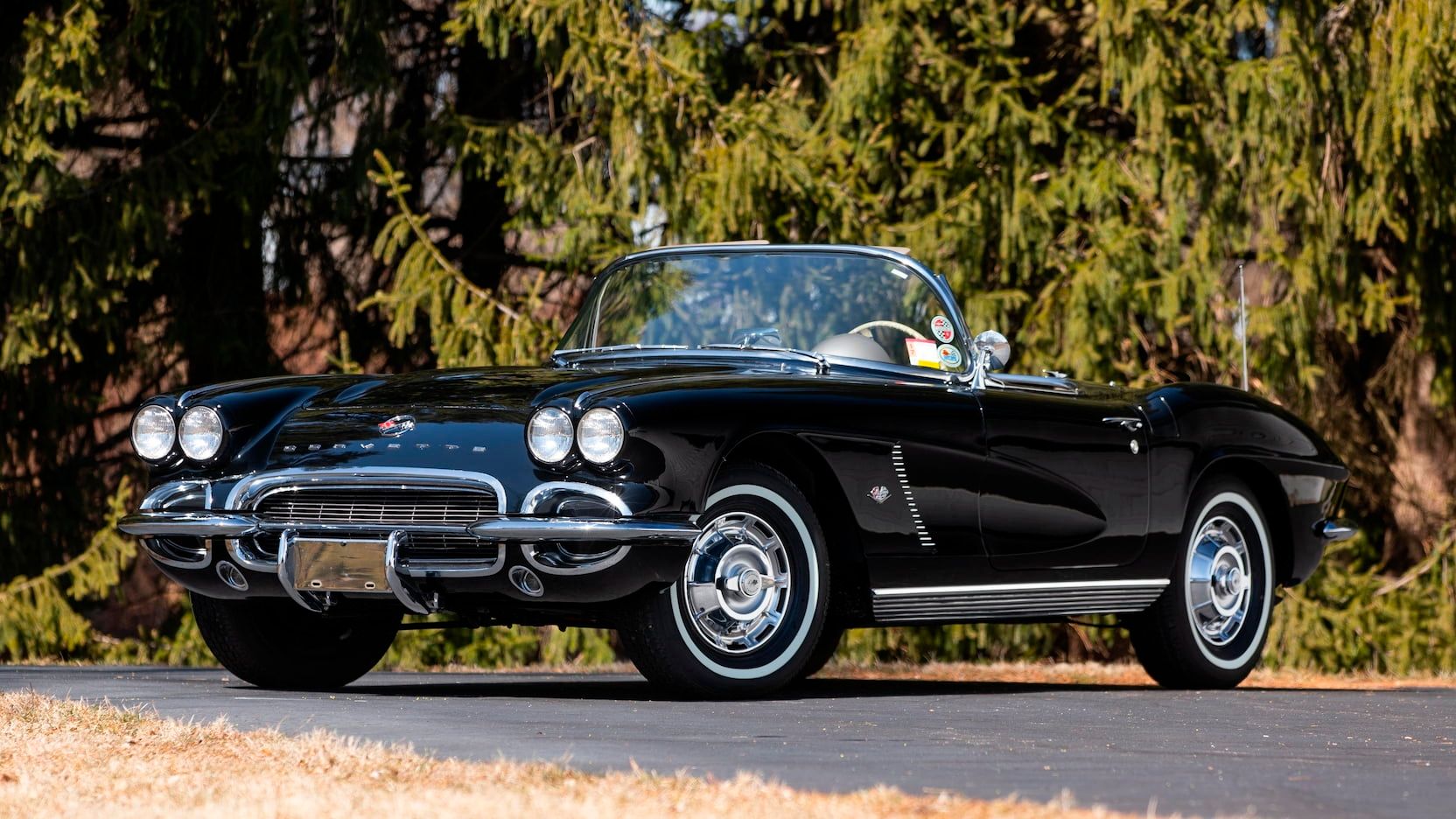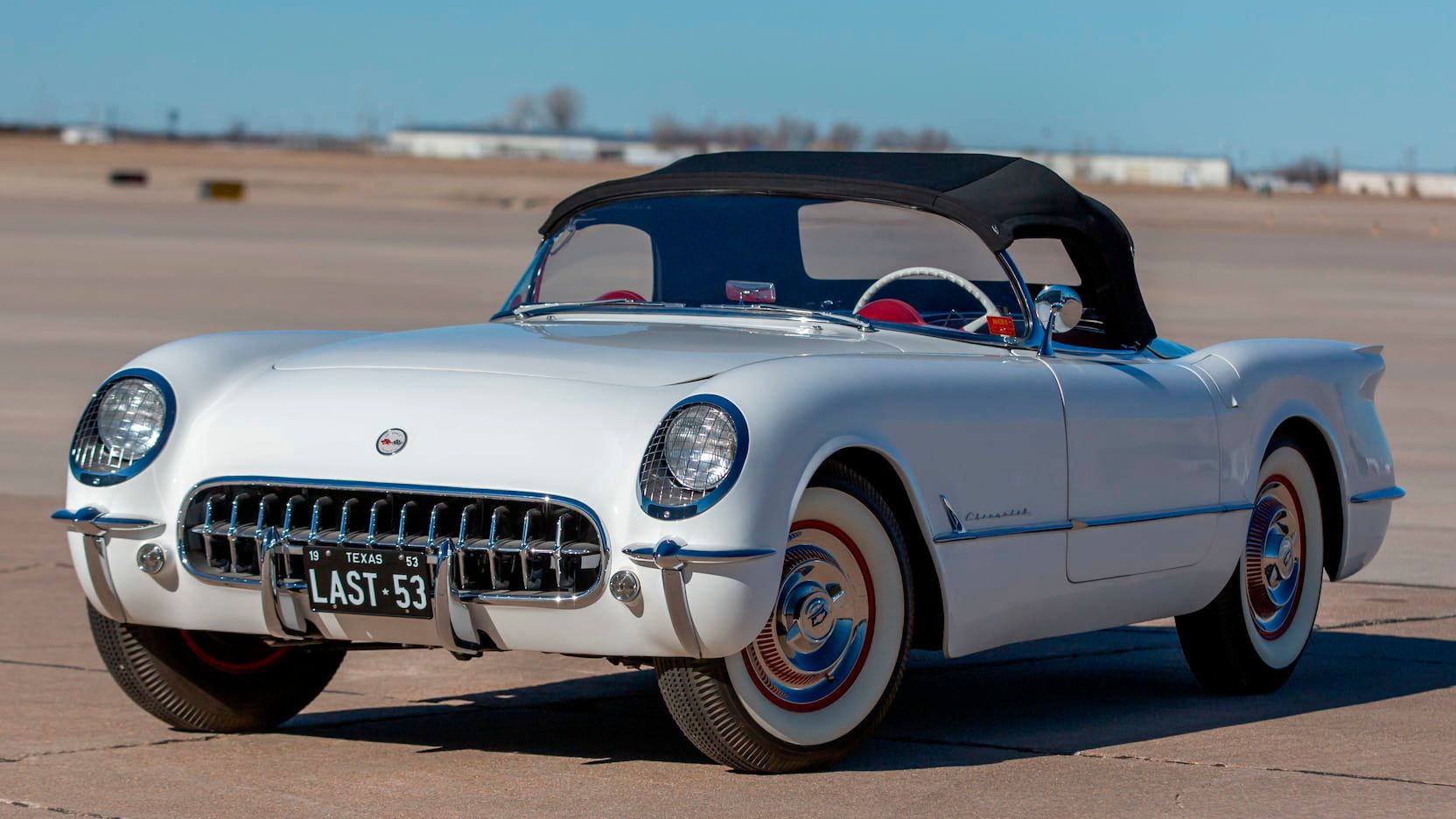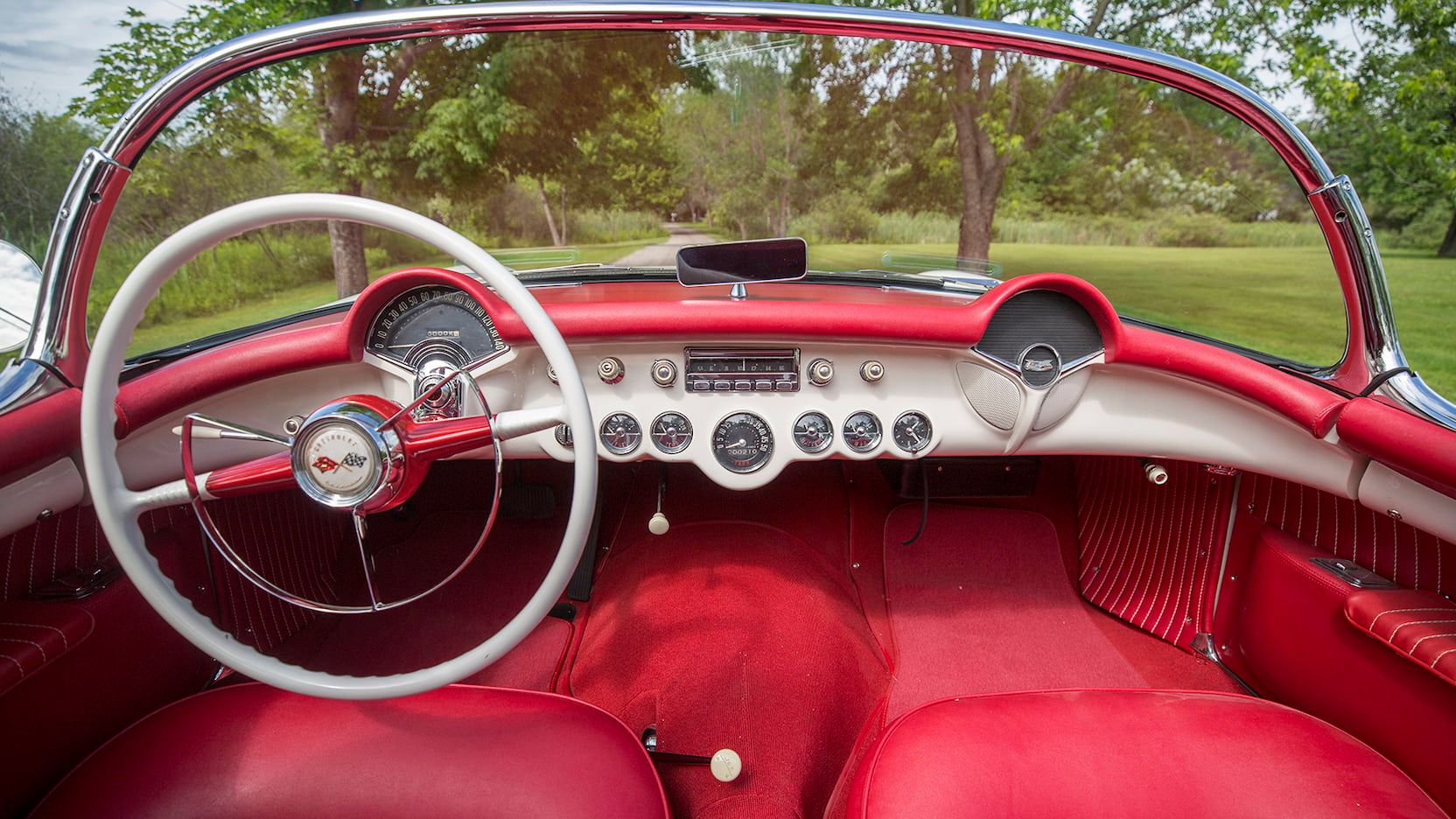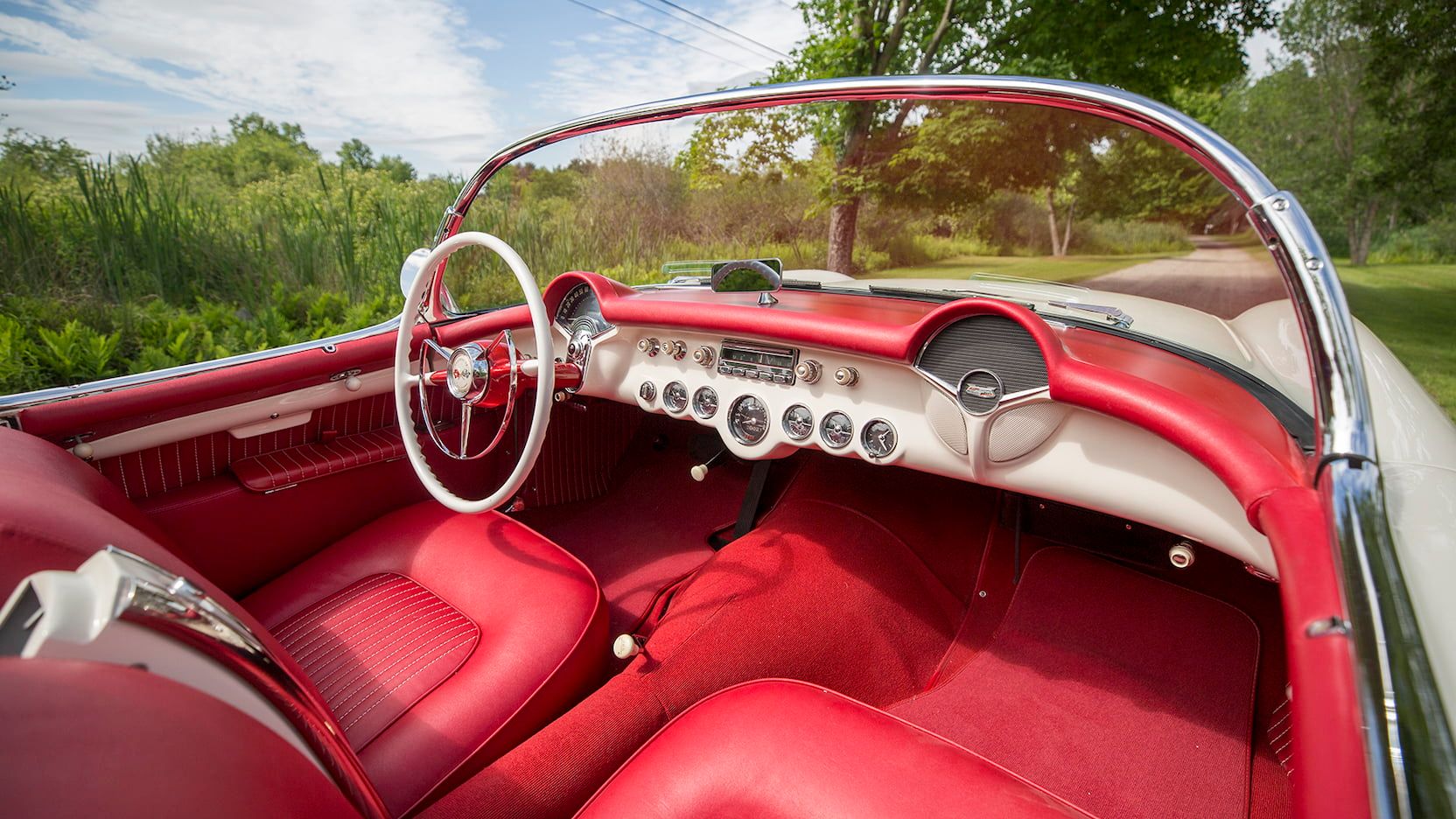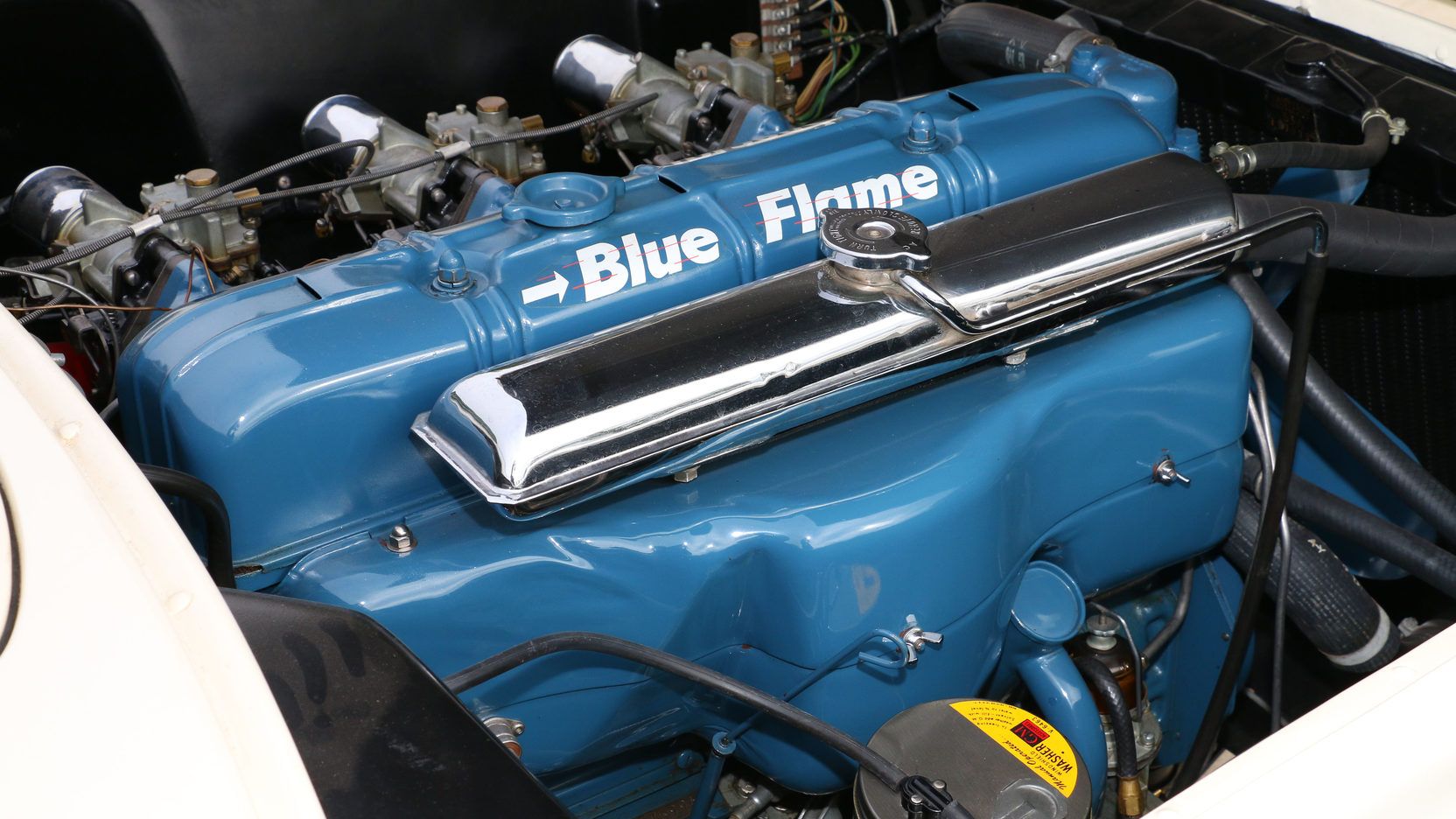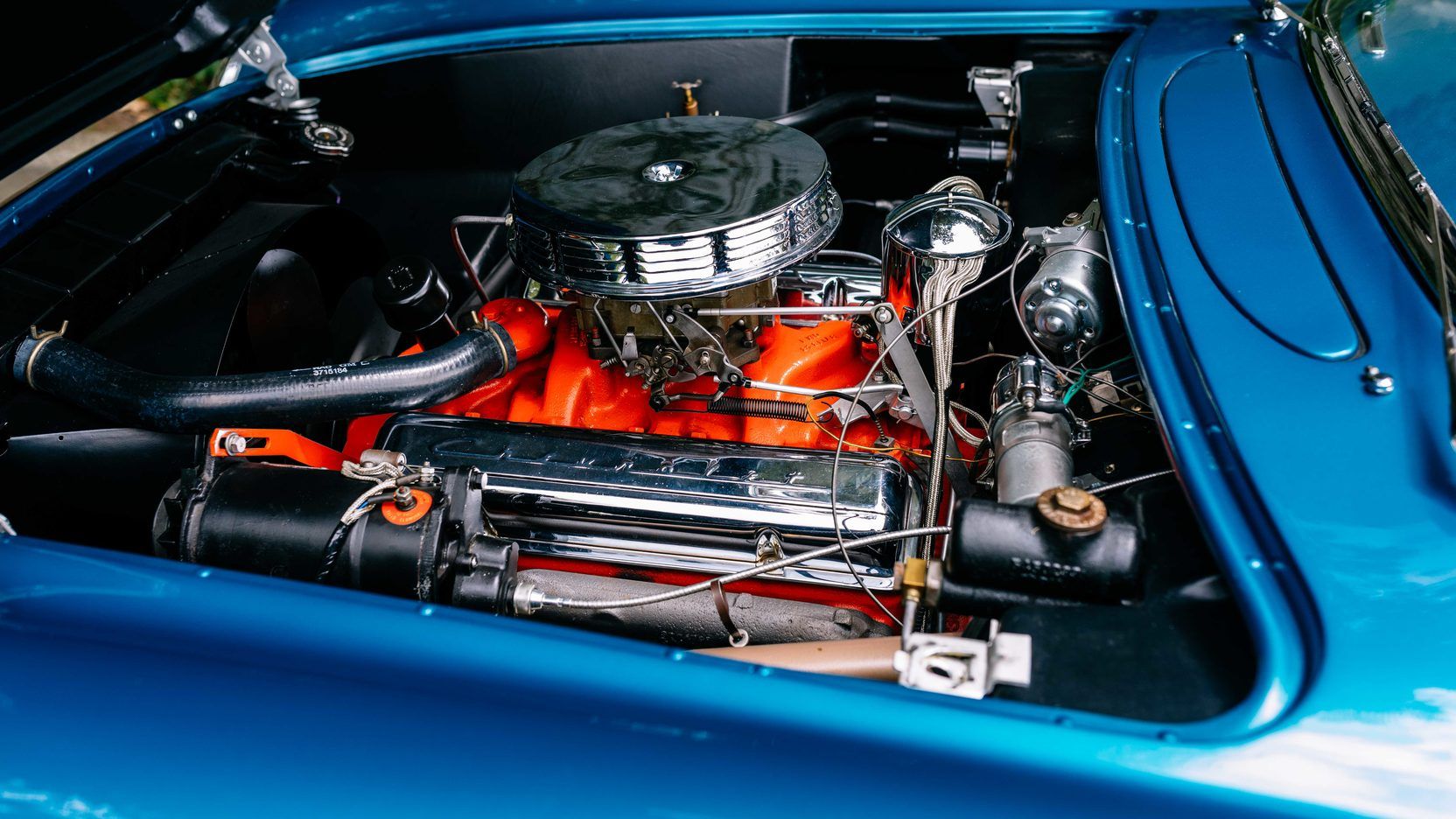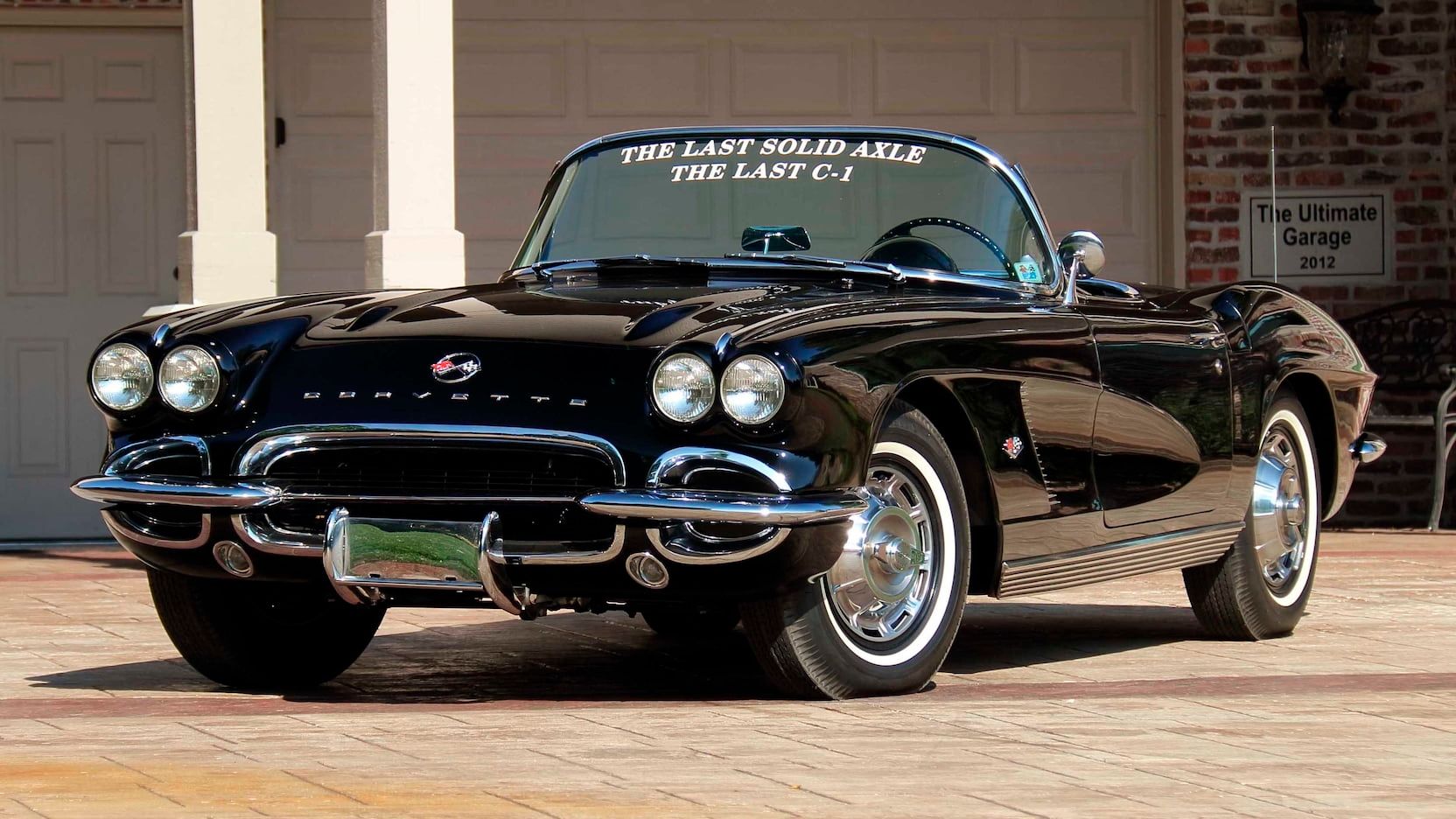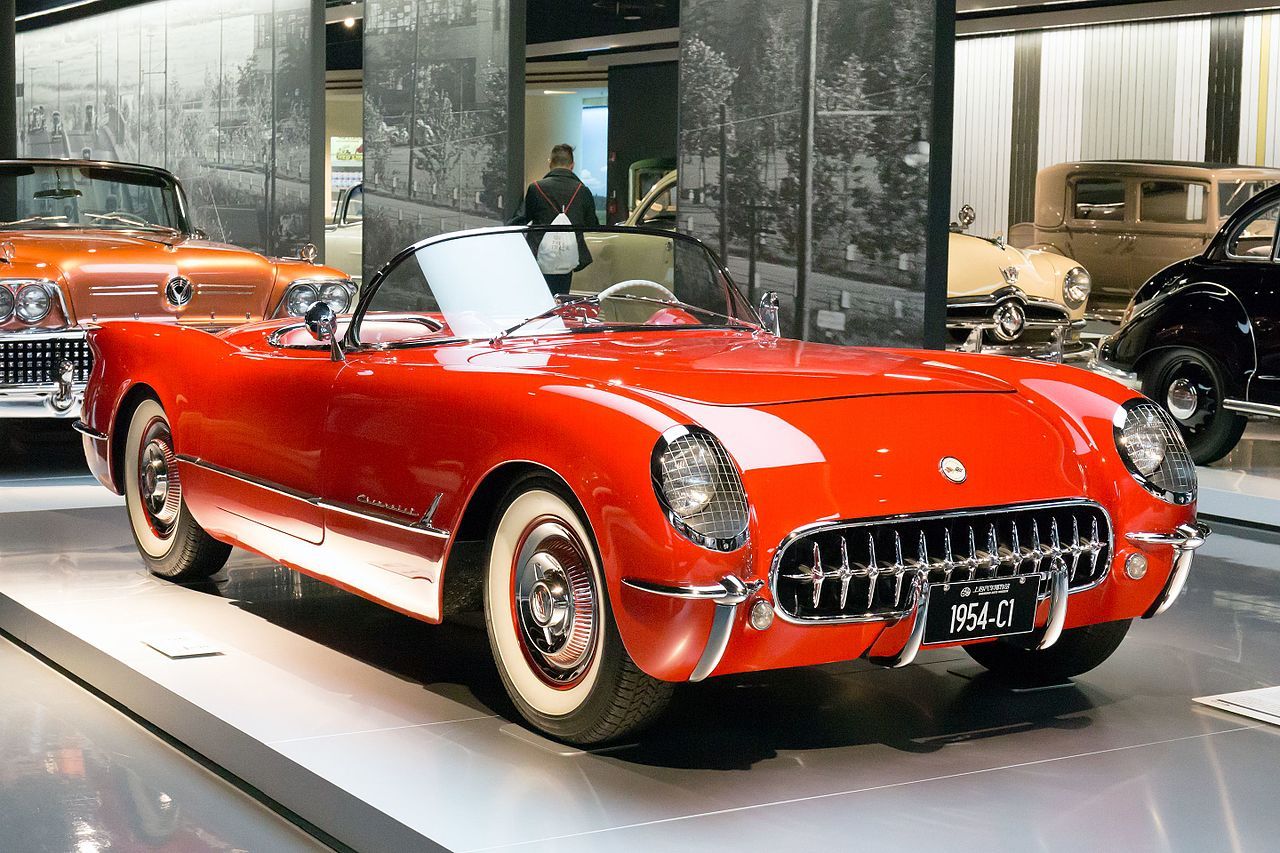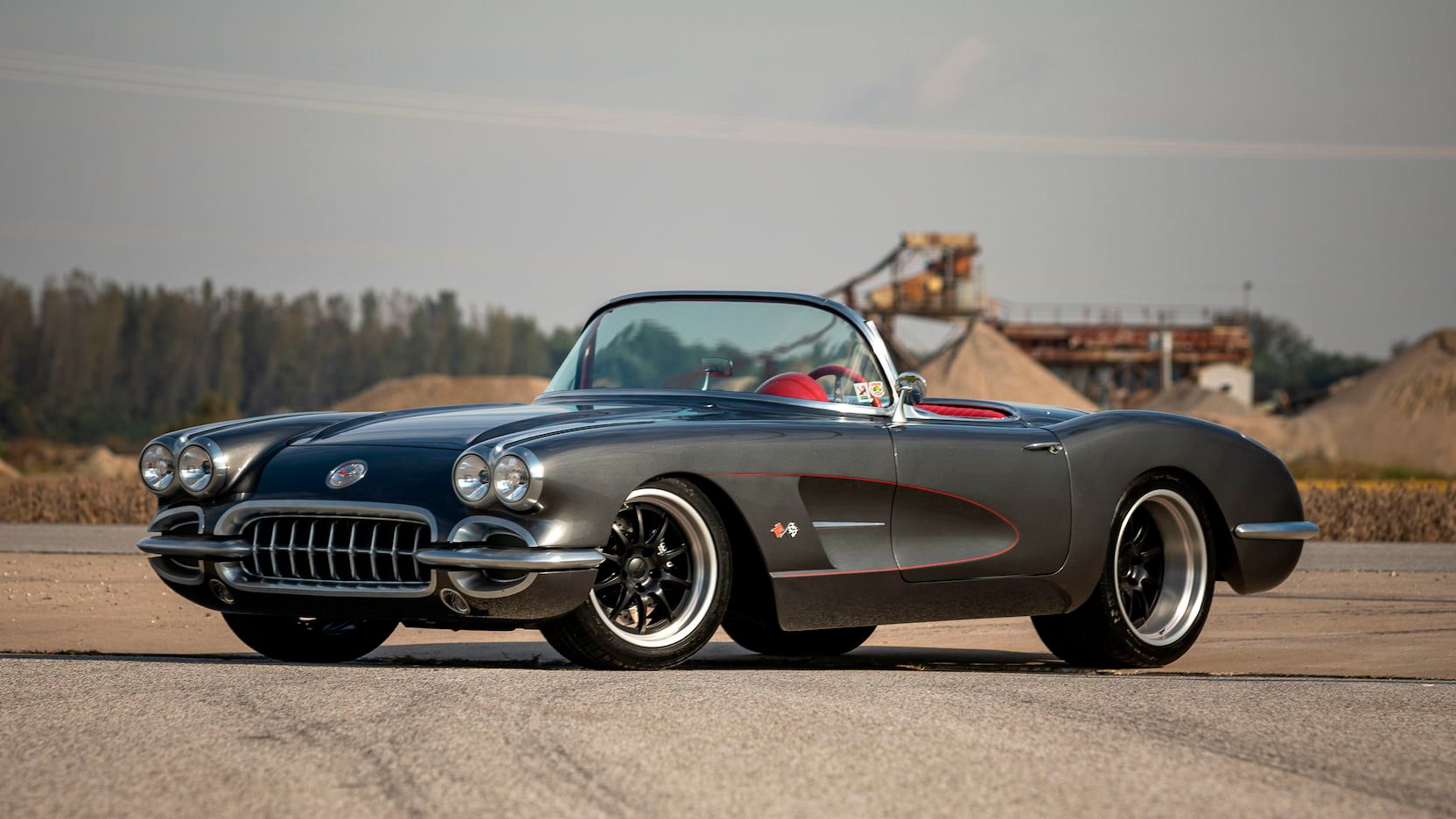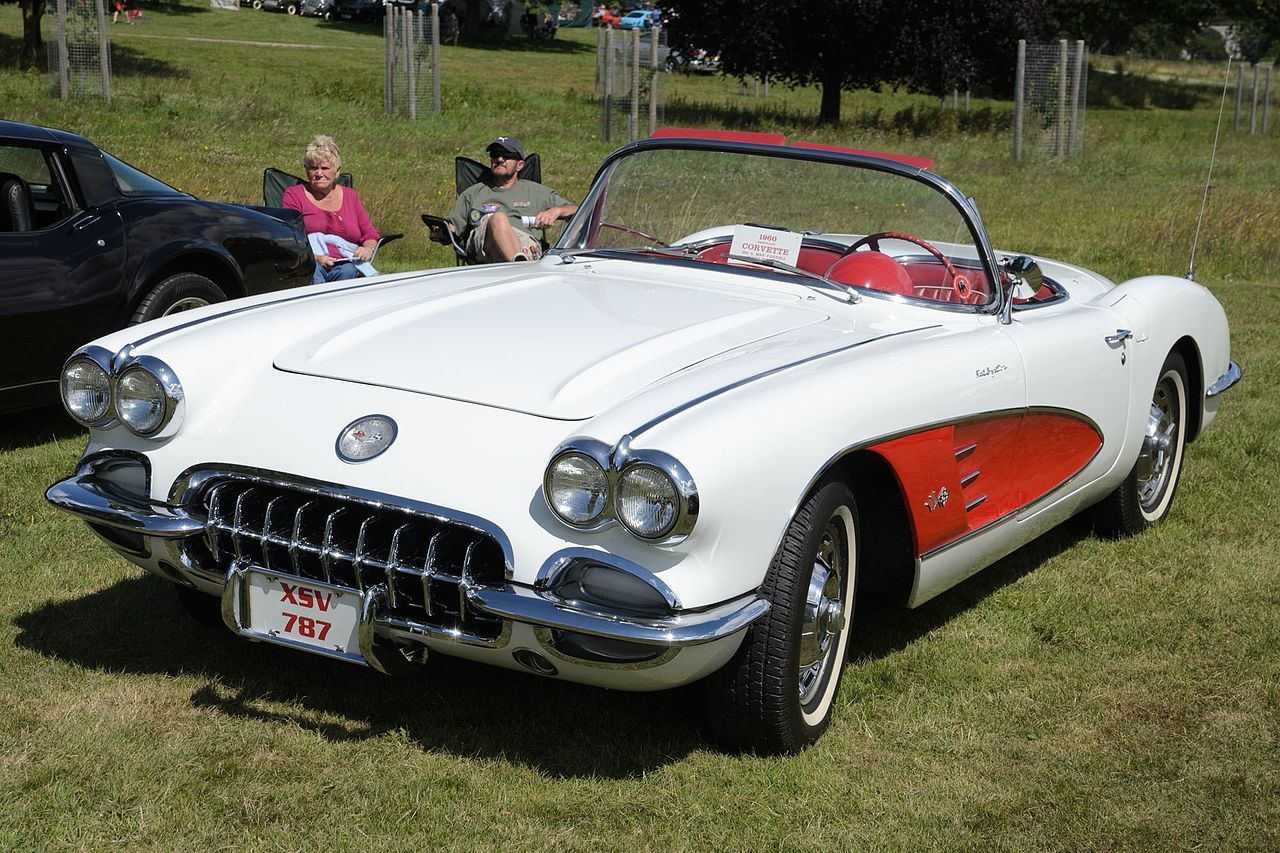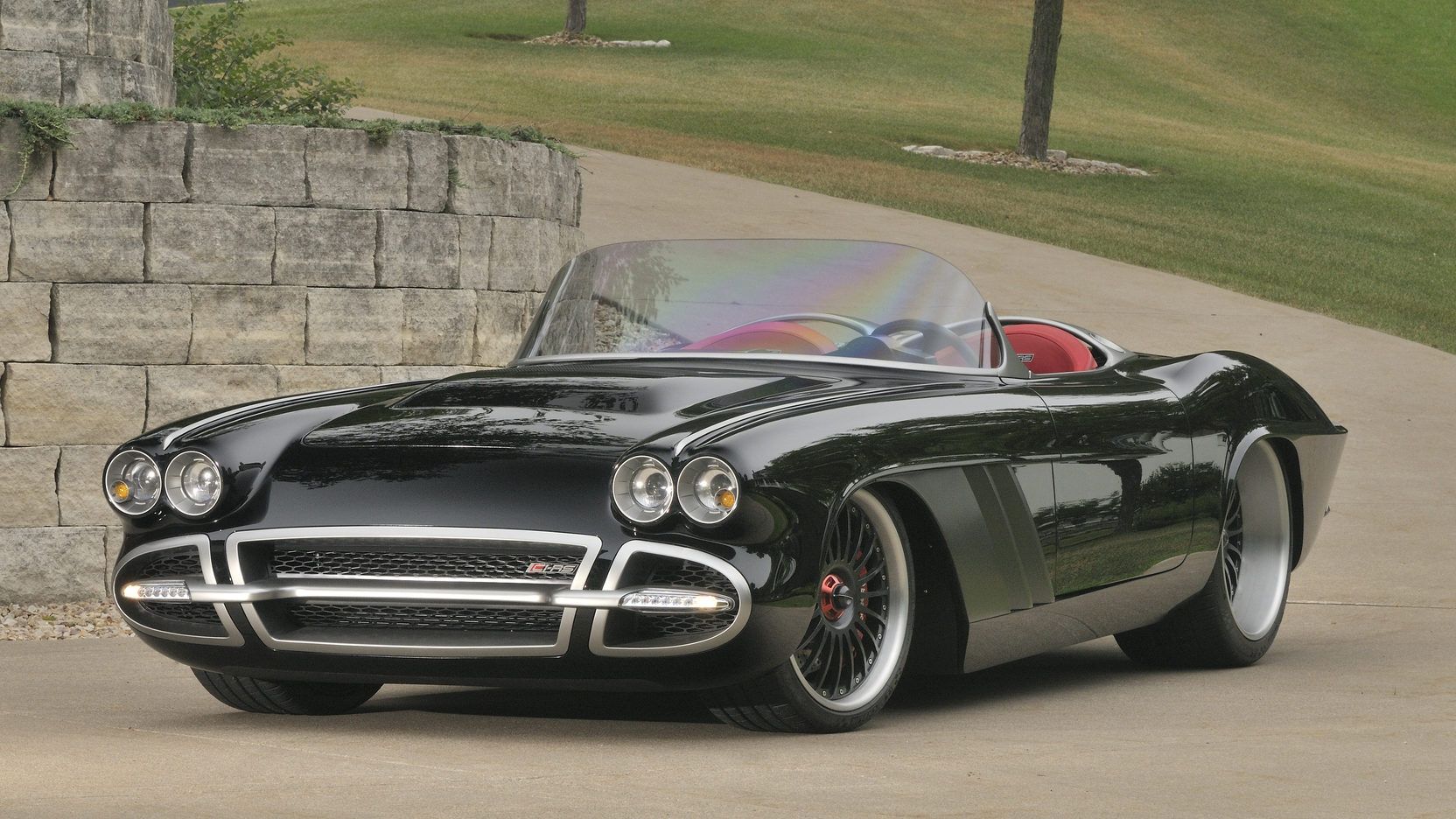The one car that has stood out throughout the years is the Chevrolet Corvette. Even before children reach the age of wanting a nice car, the 'Vette secures a place in their hearts and minds that never goes away. Owning one may never be in the cards for those children when they grow up, but that does not mean they do not still catch the eye when driving by one. The Corvette is one of the most iconic performance cars that can still be seen on the roads today, and regardless of the year or color, they are cars that truly stand out in a crowd. This long line of awe-inspiring vehicles began back in 1953, and here's everything you need to know about the model that started it all - the first-generation C1 Chevrolet Corvette.
10 The Biggest Selling Point Of The C1 Corvette Was Not Its Performance
The Corvette has always been known for its performance and speed, but in the early years of its production, that is not what made people fall in love with it. The biggest selling point was not the performance but rather the style. The car's look was something utterly new to any of the American carmakers. The swooping, curved style of the Chevy Corvette was an eye-appealing treat compared to the taller and much larger options that were currently coming out onto the market.
9 The C1 Featured A Unique And Luxurious Interior
Even though the engine was placed in the front of the car, it was pushed back to create more balance throughout the entire Corvette. This left no room for a back seat, and the headroom in the front was limited. When sitting in the driver's seat, right behind the end, the curving back window sat, and since the car was so low to the ground, the seats made the driver feel as if they were right on top of the road passing below. Even though the cockpit may be a little cramped, the luxury found inside makes it all worth it. The seats were wrapped in red or tan vinyl, the dash was created with safety in mind by reducing the metal facing, and the steering wheel was large to improve the car's handling ability when cruising down the road. It was a unique and luxurious interior that led the way for many other American sports cars.
8 The Strange Way To Drive In The Rain In The Corvette
The intermittent setting on the windshield wipers of today is not something that would be seen in the '50s, so the wipers' two- or three-speed setting was controlled by manually switching it. Most of the time, this knob was found on the dash next to the headlight controls, but not in the Corvette. The only way to turn the wipers on and off was to push the foot control on the floorboard. It was not a design used by any other American company, so if a first-time driver had no idea where the windshield washer controls were, the first time it rained would truly be an unpleasant experience.
7 The Mighty Blue Flame Under The Hood Of The C1
During the first two years of production, 1953 and 1954, Chevy's best engine was the one that the engineers and designers decided to use. The mighty Blue Flame under the hood was a 3.9-liter engine that could produce around 155 horsepower and push out up to 223 pound-feet of torque. This cast iron, naturally aspirated engine was water-cooled like most of the engines of the time but had better performance than when placed in the other cars of the Chevy lineup because the fiberglass body on the 'Vette weighed much less. The track times for the Blue Flame are 0 to 60 in 11.2 seconds, quarter mile times around 18 seconds, and the car could top out at 108 miles per hour.
6 V-8 Power Introduced In The C1 Corvette In 1958
After the first two years of production, an advancement in engine-building technology made it possible for the Corvette to gain some power it so rightly deserved. 1955 brought on the V8 power with a 4.3L V8 that had a much lower profile than any of the current eight-cylinder options. This allowed the assembly plants to place the engine in place of the previous year's Blue Flame inline six-cylinder without making any adjustments to the fiberglass shell of the Chevrolet Corvette. In 1955 the engine could push out 195 horsepower, but every year the power and torque went up, with the final first-generation 'Vette ending up with a fuel injected 327 that could produce up to 350 horses and a ground-pounding torque of 352 foot-pounds.
5 The C1 Corvette Is Now A Collector's Item
When the first-generation Corvettes came onto the market, they were priced between $3,498 and $4.038, depending on whether to opt for the base model or an upgraded trim level. A savvy classic car buyer could not even hope to find a first-generation Corvette in that price range now because the value today is 5 times that much. In some of the most recent auctions, the 'Vette has an average selling price of around $100k, with some going for as low as $30,000. It all depends on the location, the condition, and of course, the current demand on the market.
4 It Was Built For The Returning Soldiers
After the horrifying WWII ended, the troops being shipped back to the United States experienced some of the best sports cars that the Eastern Hemisphere had to offer. The small, zippy little British cars caught the attention of more than one troop, so Chevrolet decided to design a vehicle similar to the ones overseas, but that was all American. The Corvette was not created out of a need for an American sports car but was built for the returning soldiers to match the sports cars that they had the privilege to drive while they were enlisted.
3 The C1 Was Moved From Base Level Sports Car With More Options
The first couple of years after the Chevy Corvette was produced, it was offered as a base-level sports car with only standard options. This was because the executives did not want to spend a substantial amount of money on the Corvette design, which is why the designers were told to use as many parts as they could from existing ones they had already produced. Every model year brought more options onto the plate. Starting in 1959, a buyer could choose to have race-ready equipment installed, such as suspension packages and heavy-duty brakes.
2 "Win On Sunday, Sell On Monday" Was Chevy's Mantra
Arkus-Dontov was a man with a vision. A vision that he was able to partially reach. The idea that he brought to the executives at GM was for the company to create a Corvette SS that could compete in the 12 Hours Of Sebring endurance race. He claimed that a "Win on Sunday, Sell on Monday" approach would boost Corvette sales for the model year and beyond. GM agreed to go along with the plan and used some of the current technology, mixed with some European racing technology, to create an entrant into the race. Unfortunately, The Chevy Corvette Super Sport did not win the endurance race, but it boosted sales nonetheless.
1 The C1 Corvette: The Beginning Of A Legend
Today the Chevrolet Corvette is one of the most coveted sports cars on the market. It has been around for almost 70 years, which gives the 'Vette the distinguished privilege of being one of the longest-running production cars of all time. None of this would have been possible without the rushed production of the first car in the long line of vehicles. The first generation Corvettes were the beginning of a legend that still has a long way to go as the world moves further into the future.
FAQ
Q: What year was the first Corvette produced?
The concept of the Corvette was thought up and displayed in January 1953. There was so much interest in the car that GM started production using as many parts as they already had on the shelves, with a new fiberglass shell. The first production car was released on the market in June 1953.
Q: How much is a first-generation Corvette worth?
The first-generation Corvette was sold for just over $3,000 when brand new in 1953, but today that is not even close to the value. Some of the most recent auctions show that the first-generation Corvettes are averaging a sales price of around $100k, with some of the lowest going for over $20,000.
Q: What year of Corvette is the rarest?
During the first year of production, only around 300 cars were produced and sold, making it one of the rarest Corvettes. They can still be found for sale on auction sites across the world, but when they do come up, they are grabbed fast by collectors and performance car enthusiasts.
Q: How many 1953 Chevy Corvettes are left?
Due to the age of the 1953 Corvette, it is to be expected that some of them would be lost due to accidents, decay, or hidden away and forgotten about. The estimated amount of them still available on the market is around 225 cars, give or take a few.

